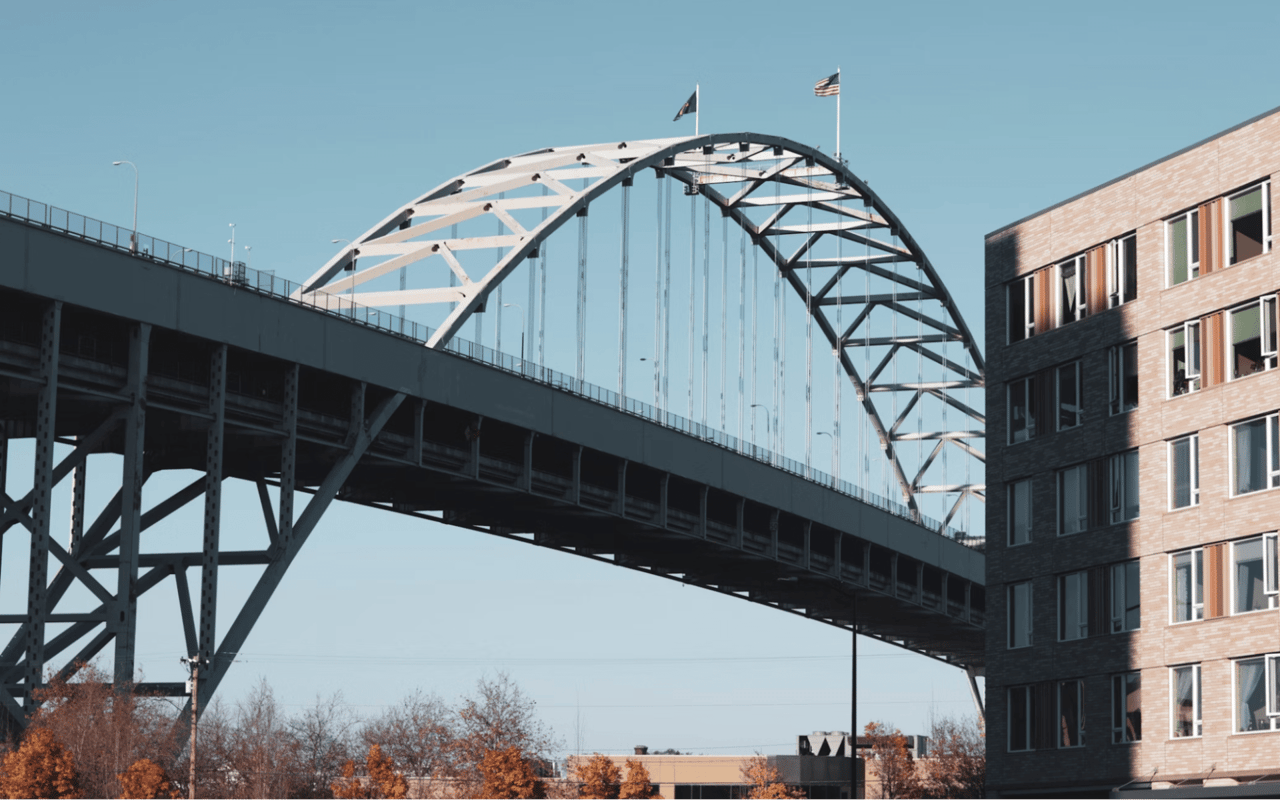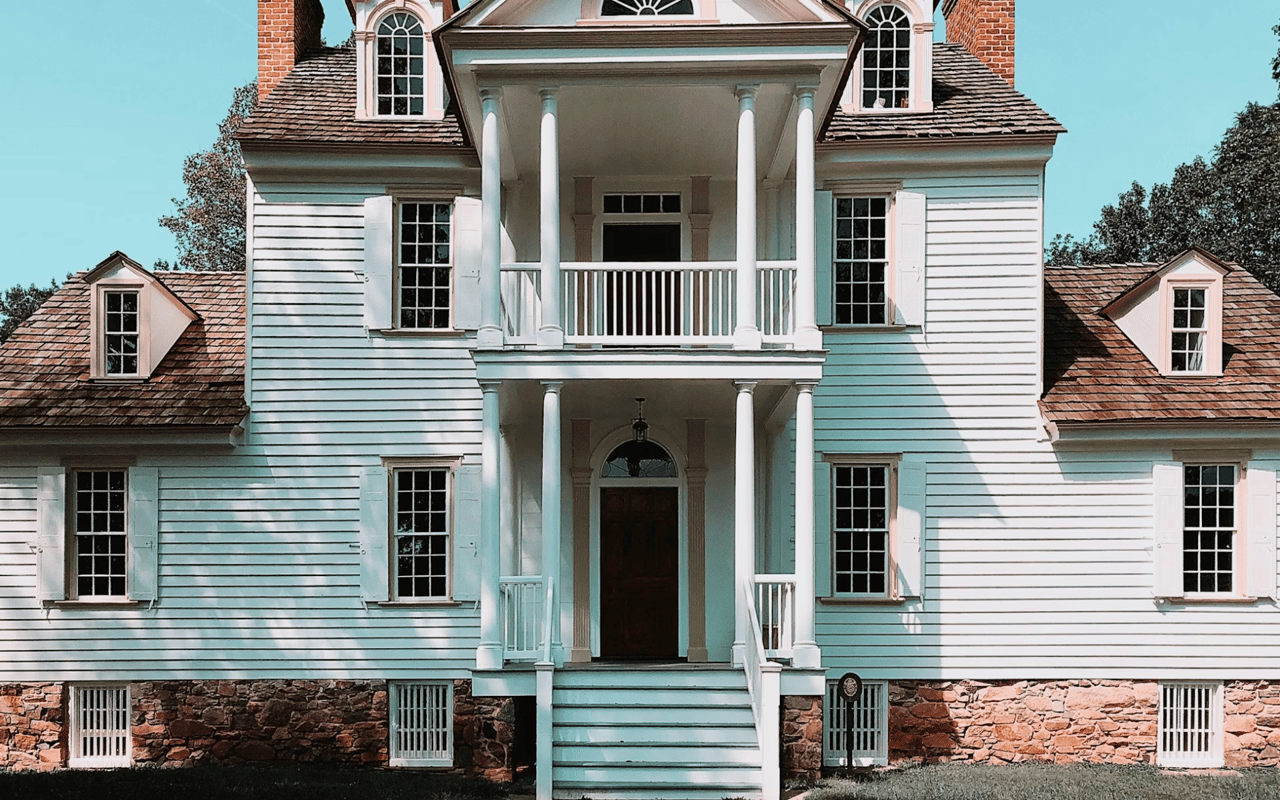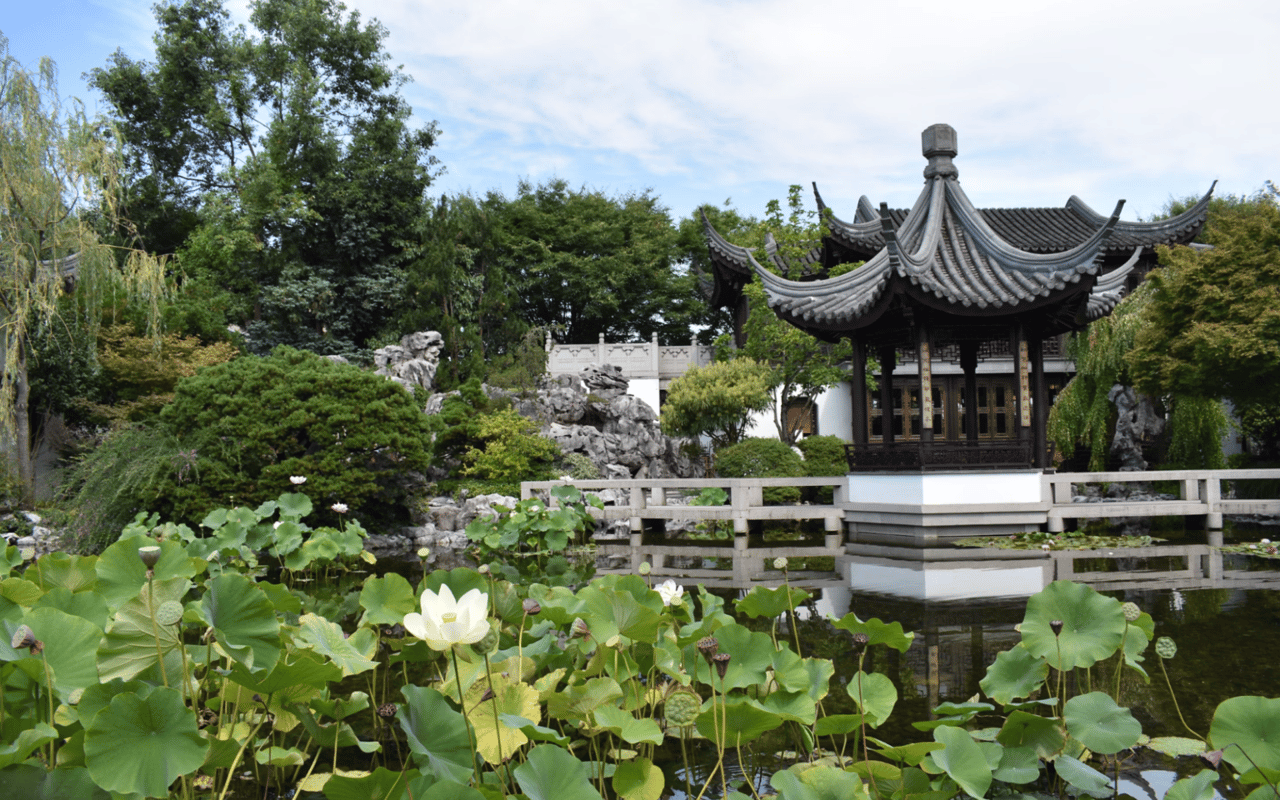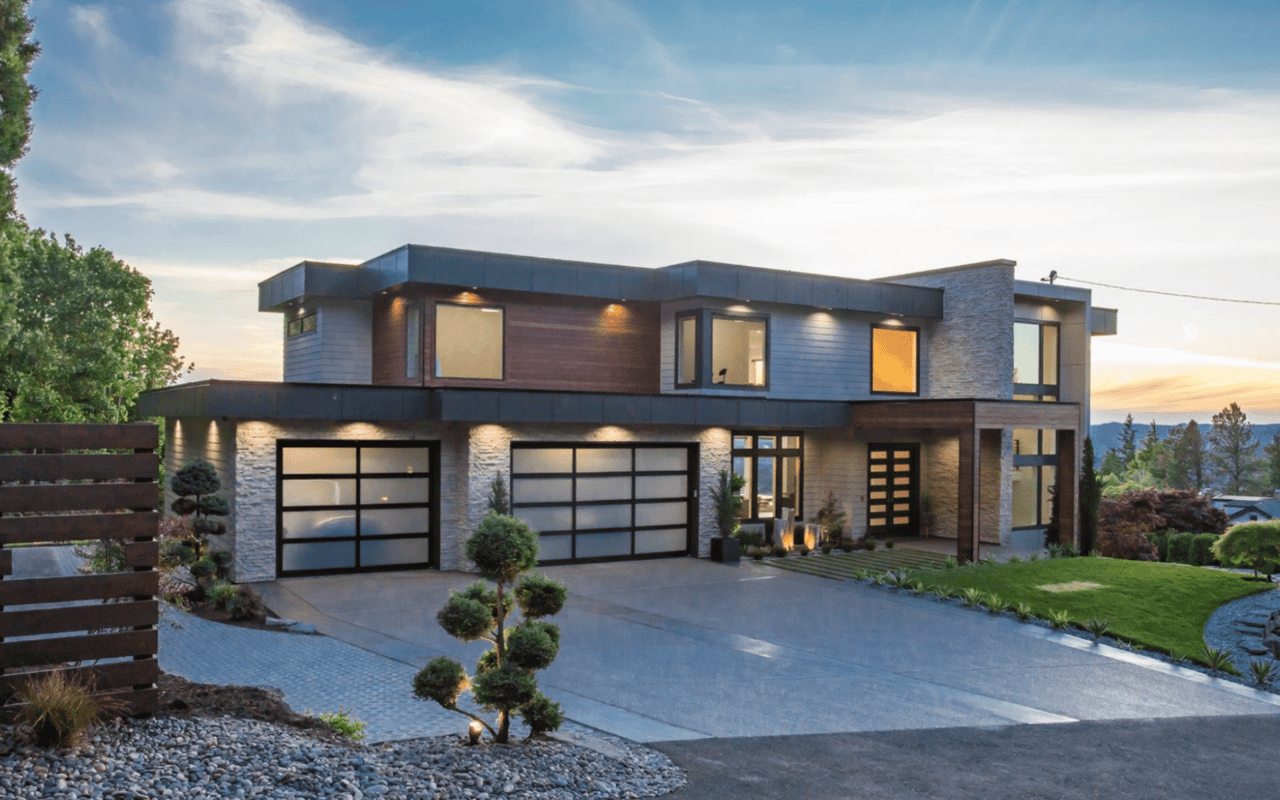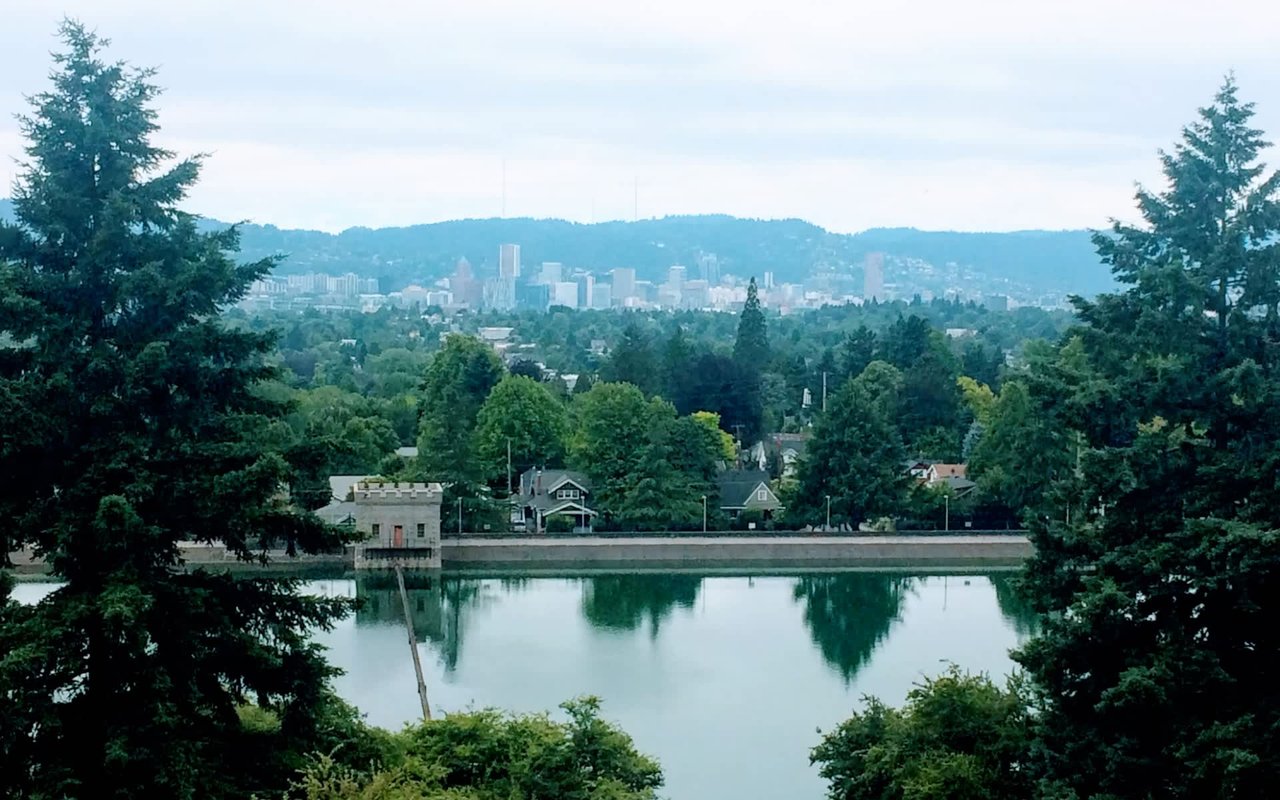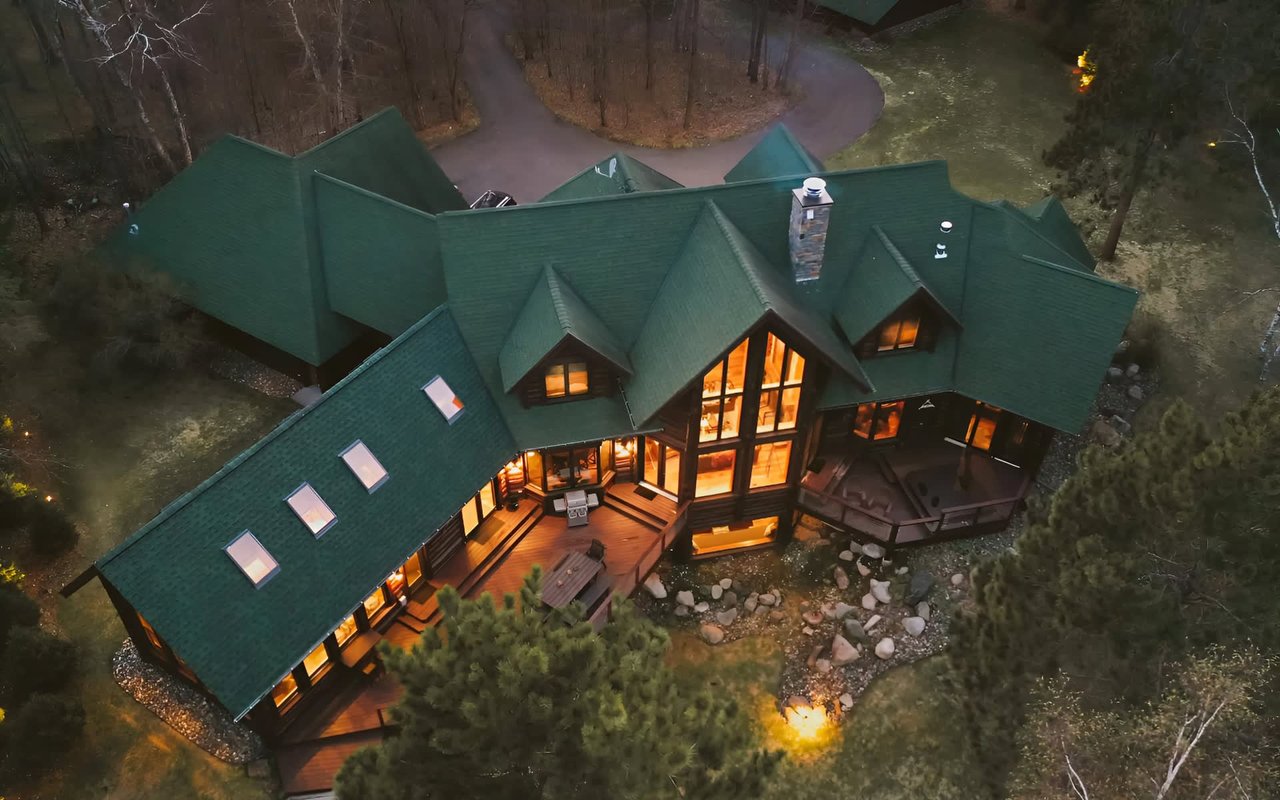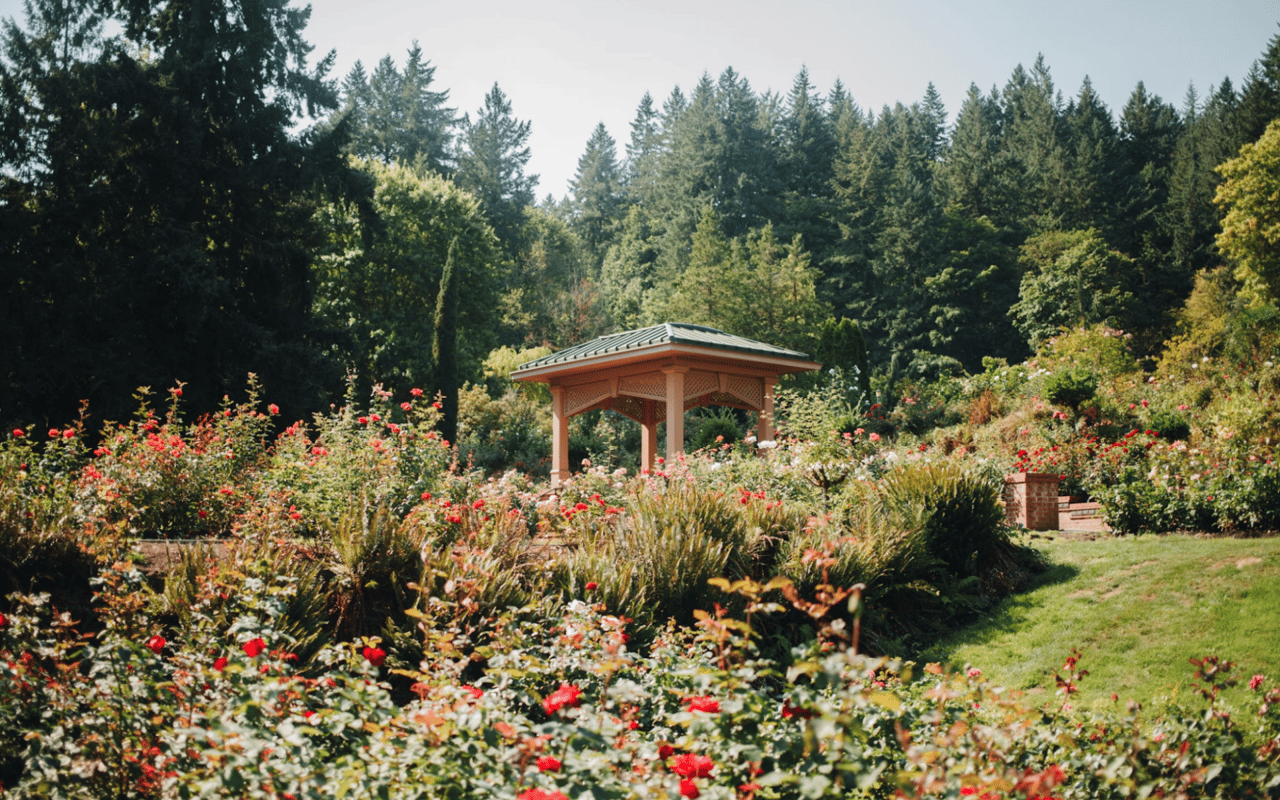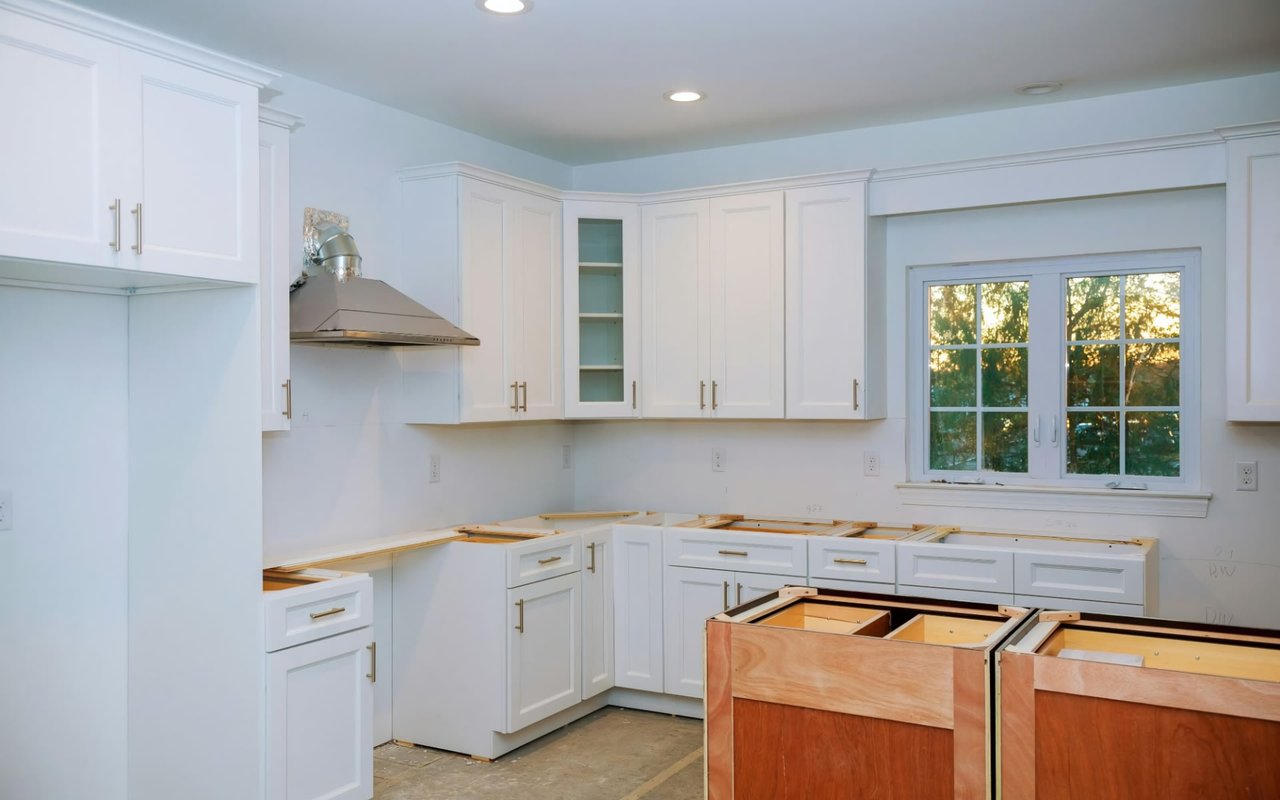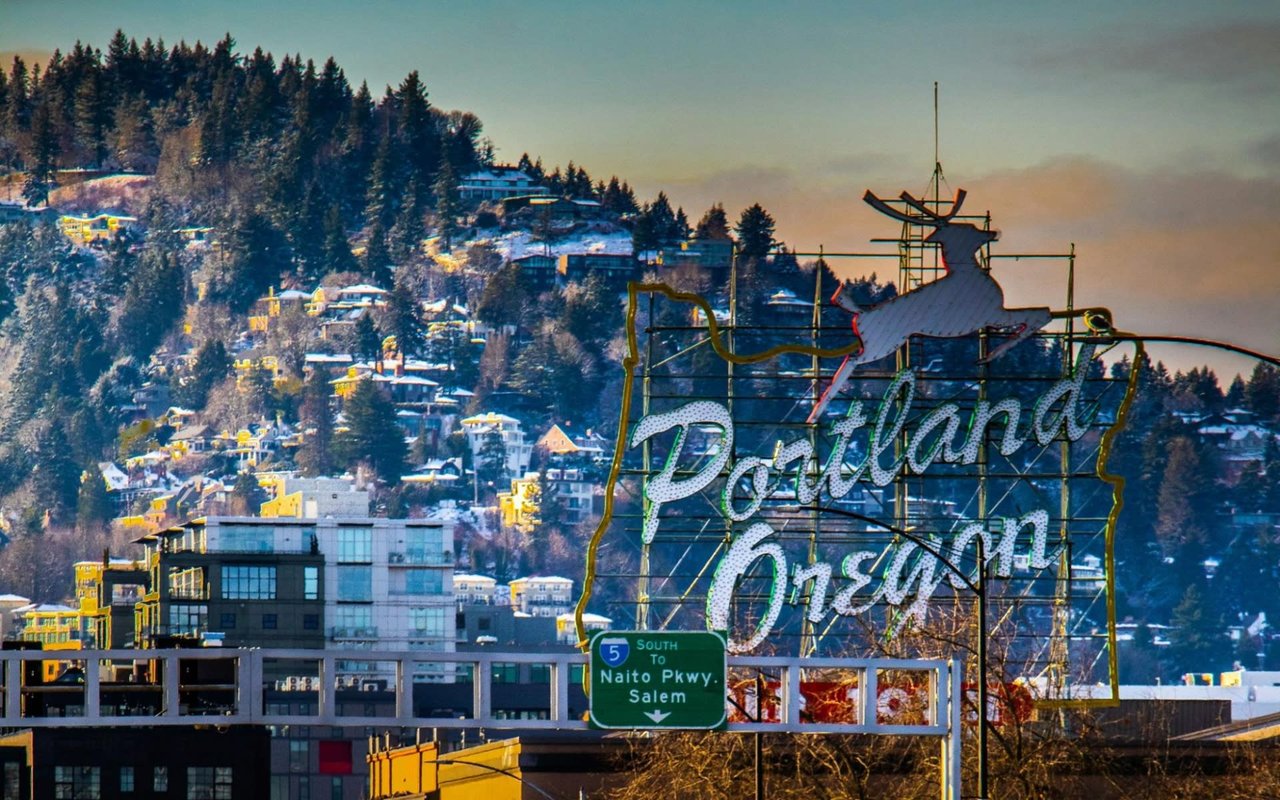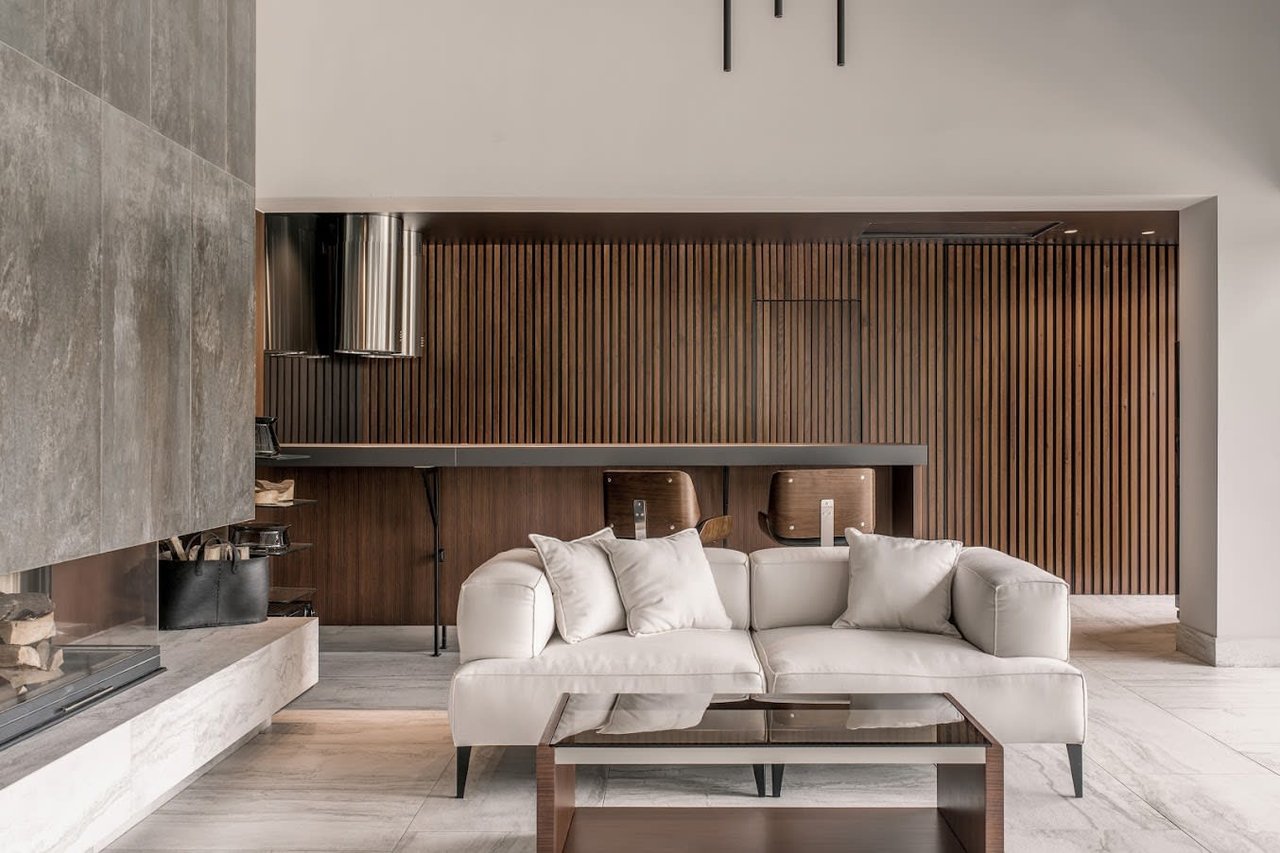Portland, Oregon, known for its eclectic neighborhoods and stunning natural surroundings, also boasts impressive architectural landmarks. The city's rich architectural history reflects a blend of styles, from the historic charm of early 20th-century structures to sleek, modern designs. Each building tells a unique story about Portland’s development, culture, and aesthetic values over the decades. In this article, we will explore some of the most notable architectural landmarks in Portland, OR, giving you a glimpse into the diversity of the city's built environment.
The Pittock Mansion
The Pittock Mansion is a stunning example of French Renaissance architecture. Built in 1914 for newspaper magnate Henry Pittock, the mansion boasts breathtaking views of downtown Portland and Mount Hood. Architect Edward Foulkes designed the 46-room estate and showcases the opulence of early 20th-century Portland’s elite. Visitors can tour the mansion and marvel at its ornate interior, complete with period furnishings and art. Today, the mansion is operated as a museum, offering insight into both Portland's history and its architectural heritage.
The Portland Building
Designed by famed architect Michael Graves and completed in 1982, The Portland Building is a quintessential example of Postmodern architecture. It is one of the earliest and most influential Postmodern buildings in the United States, characterized by its bold use of color, geometric forms, and classical motifs. The building's striking facade, featuring teal, salmon, and blue tiles, and its iconic statue, "Portlandia," has made it a defining symbol of the city's skyline. Although the building faced criticism for its functionality in the years after its construction, it remains a crucial part of Portland's architectural identity.
Union Station
A prime example of Richardsonian Romanesque architecture, Union Station is one of Portland's oldest and most iconic structures. Completed in 1896, the building was designed by the architectural firm Van Brunt & Howe. Its distinctive red-roofed clock tower, which greets visitors as they arrive in the city, is a testament to the grandeur of turn-of-the-century railroad stations. The station's interior is just as impressive, with its grand waiting room featuring high ceilings, ornate woodwork, and mosaic tiles. Today, Union Station remains an active hub for Amtrak services and a beloved piece of Portland’s historical and architectural fabric.
The US Bancorp Tower
Often referred to as "Big Pink" due to its pinkish glass exterior, the US Bancorp Tower is one of Portland's tallest and most recognizable buildings. Completed in 1983 and designed by Skidmore, Owings & Merrill, the 42-story skyscraper stands as a hallmark of modern architecture in the city. Its sleek, minimalistic design contrasts with the more traditional structures found in downtown Portland. The building’s reflective glass panels change color depending on the weather, offering a dynamic visual element to the city’s skyline. The US Bancorp Tower continues to be a centerpiece of Portland's commercial district, housing numerous businesses and organizations.
The St. Johns Bridge
Stretching over the Willamette River, the St. Johns Bridge is a marvel of Gothic Revival architecture and engineering. Completed in 1931 and designed by engineer David B. Steinman, this suspension bridge is renowned for its elegance and grace. Its towering, pointed arches and cables create a striking silhouette against the forested hills. The bridge was an engineering feat at the time of its construction, with its main span measuring over 1,200 feet. It remains one of Portland's most photographed landmarks, drawing both locals and visitors for its breathtaking beauty and historical significance.
The Multnomah County Central Library
One of Portland’s architectural gems is the Multnomah County Central Library, a neoclassical structure designed by architect A.E. Doyle and completed in 1913. The library's grand design includes a symmetrical brick facade, large windows, and a classical portico with columns, all of which evoke the traditional libraries of Europe. Visitors can admire the sweeping staircases, stained glass windows, and ornate wood detailing. As the city’s main library, it remains a vibrant cultural institution while standing as a testament to early 20th-century civic architecture in Portland.
The Wells Fargo Center
Another towering structure in Portland’s skyline is the Wells Fargo Center. Completed in 1972, this 40-story skyscraper was designed by Charles Luckman and Associates and, at the time of its completion, was the tallest building in Portland. Its minimalist design, featuring a clean white facade and narrow vertical windows, represents the International Style of architecture, which emphasizes simplicity and functionality. The height and modern aesthetic make the building a focal point of the city’s downtown business district, symbolizing Portland’s growth into a major urban center in the Pacific Northwest.
The Meier & Frank Building
A prominent fixture in downtown Portland, the Meier & Frank Building is a blend of Beaux-Arts and Art Deco architectural styles. Originally completed in 1909 and later expanded, the building was once home to the city's largest department store, Meier & Frank. Its exterior features intricate detailing, including decorative cornices and arched windows. The interior has been carefully restored and now houses a luxury hotel, adding a modern touch while preserving its historic charm. The Meier & Frank Building remains a significant part of Portland's retail and architectural history, reflecting the evolution of the city’s downtown core.
The EcoTrust Building
Formerly known as the Jean Vollum Natural Capital Center, the EcoTrust Building is a model of sustainable architecture and historic preservation. Built in 1895 as a warehouse, the structure was transformed into a green building in 2001, incorporating environmentally friendly materials and energy-efficient systems. The red-brick building maintains its historic charm while exemplifying Portland’s commitment to sustainability. As one of the first commercial buildings in the country to achieve LEED Gold certification, it serves as a pioneering example of how historic architecture can be adapted for modern use.
The Mark Spencer Hotel
The Mark Spencer Hotel is a classic example of early 20th-century commercial architecture in Portland's Pearl District. Originally built in 1907, the building has served as a hub for artists, musicians, and travelers over the decades. Its unassuming brick facade and simple design speak to the understated elegance of its time. The hotel has been carefully updated to offer modern amenities while preserving its historic charm. The Mark Spencer Hotel continues to be a favorite among visitors seeking a blend of history and comfort in one of Portland’s most vibrant neighborhoods.
About Dirk Hmura Team
With over 20 years of experience in the Portland real estate market and sales surpassing $500 million, Dirk Hmura has built a stellar reputation among clients, peers, and the local community. Known for his approachable style, contagious energy, and genuine warmth, Dirk is committed to providing exceptional service to his clients. His deep-rooted dedication has earned him a well-deserved reputation as one of the most trusted names in Portland real estate. While at Eleete Real Estate, Dirk was recognized as the top-selling agent for 12 consecutive years. Today, he consistently ranks among the top 10 out of more than 11,000 realtors in Portland.
Contact the Dirk Hmura Team today for expert advice and personalized assistance navigating the Portland, OR real estate market.
Contact the Dirk Hmura Team today for expert advice and personalized assistance navigating the Portland, OR real estate market.
